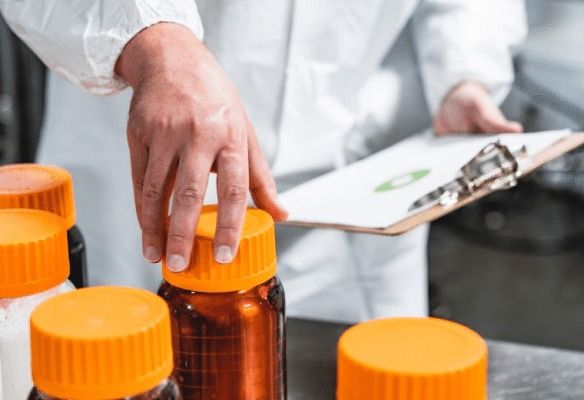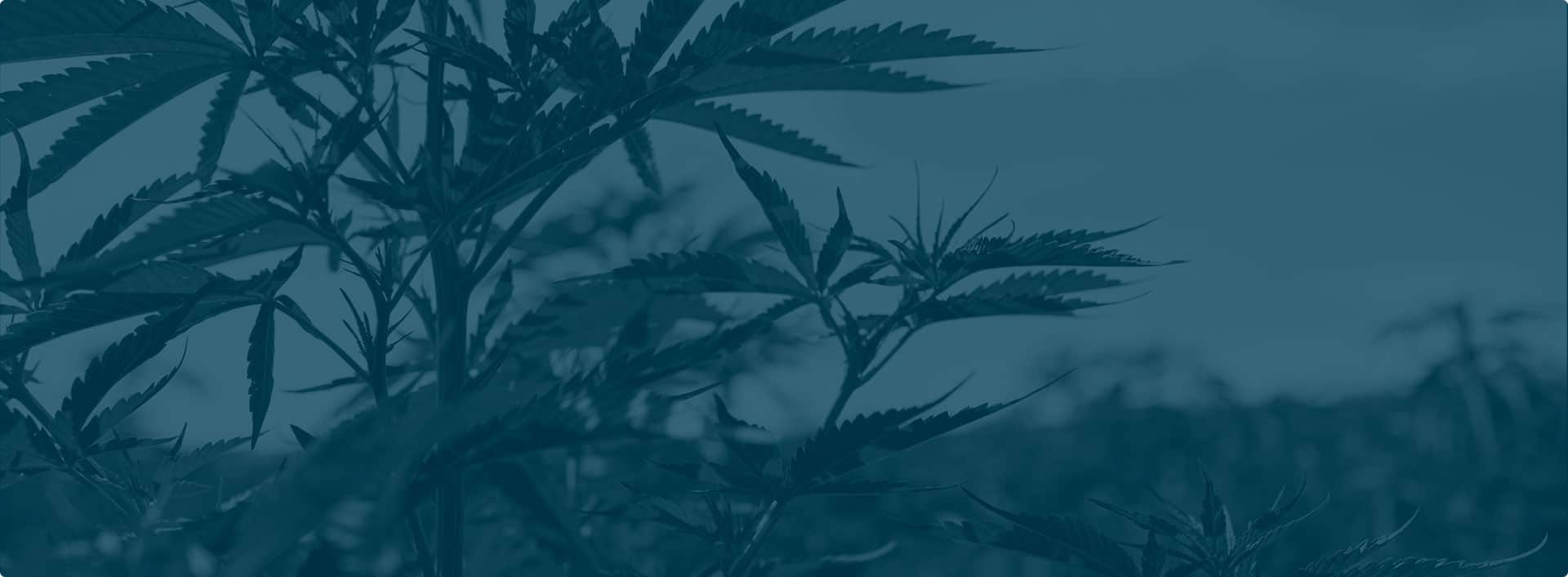
How Can Phytocannabinoids Help?
GVB is at the Vanguard of Hemp Science
We are committed to a fully integrated system of complete transparency, rigorous testing, and continuous traceability: from seed to shelf. We pursue and implement the latest compliance and quality standards for each of our products. We bring this same passion for excellence and attention to detail to our research, science, and innovation to provide a variety of high quality cannabinoids tailored to meet our customers’ needs.

Genetic evidence indicates the endocannabinoid messaging system arose some 600 million years ago in complex organisms to regulate the increasing interactions of their emerging nervous, immune, metabolic, and muscular systems. While plants seem to have evolved phytocannabinoids as defenses against UV light, desiccation, and insect predators or to aid in dispersal, this happened millions of years after the endocannabinoid system in animals. Ancestors of the modern black truffle were the first to produce phytocannabinoids around 150 million years ago. The remotest ancestors of modern phytocannabinoid producing plants arose roughly 100 million years ago. Modern hops, echinacea, and cacao also produce phytocannabinoids. Cannabis diverged from hops nearly 28 million years ago eventually and became one of mankind’s earliest domesticated plants about 12,000 years ago.
Phytocannabinoids exist in hundreds of forms and produce an equally complex repertoire of effects in the endocannabinoid system. Subtle differences in structure confer differing abilities to stimulate, dampen, or block CB1 and CB2 (or other receptors). For instance, THC stimulates the CB1 and CB2 receptors, while CBD blocks THC from CB1 and weakly dampens CB2. CBD also stimulates certain opioid, dopamine, and serotonin receptors, while preventing the breakdown of Anandamide. As a result, THC primarily relieves pain, increases appetite, decreases nausea, and improves sleep. Due to its multifaceted influence, CBD improves immune function while reducing inflammation, pain, depression, and anxiety. Recent research has focused on the anti-inflammatory effects of phytocannabinoids in neurological diseases. The variety of phytocannabinoids can be purified and formulated to address certain disease states that the endogenous cannabinoid system can no longer mitigate.

Clinical Endocannabinoid Deficiency (CECD) has recently emerged as a possible explanation for certain diseases, such as migraine, fibromyalgia, and irritable bowel syndrome. If CECD does, indeed, affect these conditions, phytocannabinoid therapy is a promising way to correct the deficiency and restore homeostasis.
FAQs
What are phytocannabinoids and how are they different from endocannabinoids?
Phytocannabinoids are typically multi-ring phenolic compounds produced by plants to enhance their survival. Endocannabinoids are derived from fatty acids to regulate homeostasis in an animal’s body.
How many phytocannabinoids are there?
Taking all the known plants that produce cannabinoids into consideration, there are probably well over 200 phytocannabinoids. More than 100 phytocannabinoids are produced by cannabis alone.
How do phytocannabinoids interact with the human body's endocannabinoid system?
Phytocannabinoids principally act to stimulate, inhibit, block, or potentiate signaling by the CB1 and CB2 receptors in our bodies.
What are the potential therapeutic benefits of phytocannabinoids?
Specific phytocannabinoids can act upon the endocannabinoid system to reduce nausea, vomiting, anxiety, depression, pain, or inflammation. They may also enhance calmness, relaxation, or sleep quality.
How do phytocannabinoids influence mood and mental well-being?
Psychoactive phytocannabinoids, like THC, can create a feeling of pleasant euphoria, relaxation, and sociability. It principally does this by enhancing the release of dopamine and allowing serotonin to remain active longer.
What are the challenges and limitations in conducting research on phytocannabinoids?
In the United States, there are significant regulatory barriers, lack of access to medical grade phytocannabinoids, low levels of research funding, and few standardized methods to deliver rigorous, conclusive results for this research.

